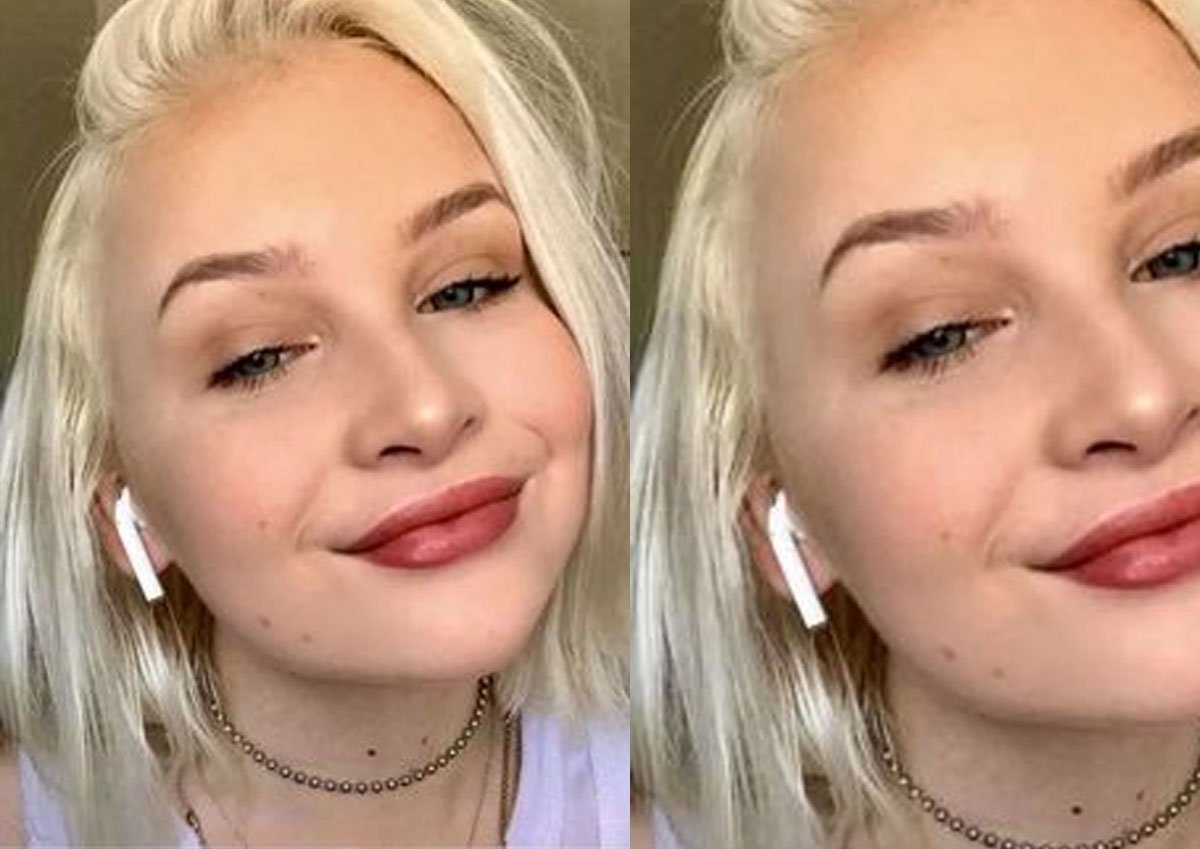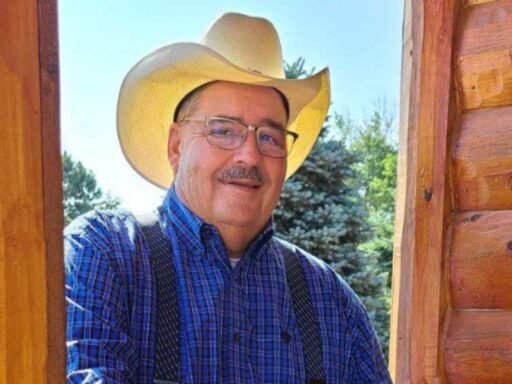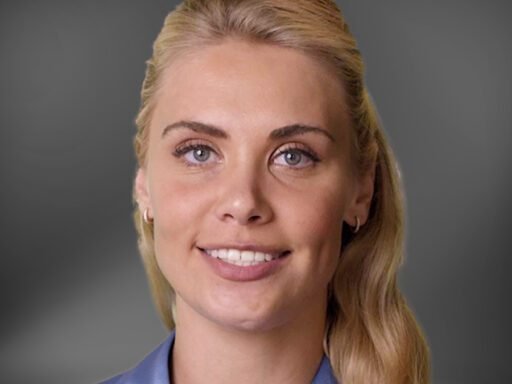The Life of Alyssa Kittendorf
Born on a snowy December day in 2003, Alyssa Dorothy Kittendorf came into the world in Downey, California. Those who knew her would tell you she had this incredible ability to make everyone around her feel special.
You could always spot Alyssa in a crowd—not just because of her ever-changing hair colors, but because of the way she carried herself. She treated her appearance like an artist treats a canvas, always experimenting, always creating something new.
School came naturally to Alyssa. She maintained honor roll status while somehow finding time to be the friend everyone could count on. If someone was being picked on, Alyssa would be right there, standing up for them without hesitation.
Fashion design and makeup weren’t just interests for her—they were her language. Through colors and styles, Alyssa communicated who she was and how she saw the world.
A Tragic Night That Changed Everything
October 30, 2021. For Eric Kittendorf, this date is burned into his memory forever. It started as an ordinary evening—Alyssa was home, safe, or so he thought.
Nobody in the family knew that Alyssa had gotten hold of what looked like a regular Percocet pill. To the naked eye, it was indistinguishable from the real thing. The counterfeiters had done their job well.
But this wasn’t medicine. Hidden inside that innocent-looking pill was enough fentanyl to kill. This synthetic drug is so potent that an amount smaller than a few grains of salt can be lethal.
That night, Alyssa took the pill and went to bed. She never woke up. In the quiet of her own room, surrounded by all the things that made her who she was, fentanyl stole her life away.
Understanding the Fentanyl Crisis
Alyssa’s story isn’t unique, and that’s perhaps the most heartbreaking part of all. Across America, families are losing their children to this same nightmare. The numbers are staggering—teenage overdose deaths more than doubled between 2019 and 2021.
Here’s what makes this crisis so insidious: these aren’t the stereotypical “drug addicts” we might imagine. These are honor students, athletes, kids who made one mistake with what they thought was a relatively harmless pill.
The counterfeit pill market has become terrifyingly sophisticated. Drug dealers press fentanyl into fake versions of everything from Xanax to Adderall to Percocet. Even experienced users can’t tell the difference.
The DEA’s “One Pill Can Kill” campaign isn’t fear-mongering—it’s mathematics. When something is 50 to 100 times stronger than morphine, the margin for error disappears completely.
Eric Kittendorf’s Fight for Justice
The morning Eric found Alyssa unresponsive, his world didn’t just change—it ended. Everything he thought he knew about safety, about protecting his child, about how the world worked, crumbled in an instant.
But here’s the thing that really gets to Eric: the person who sold Alyssa that pill knew exactly what he was handing over. This wasn’t some tragic accident or miscommunication. It was a conscious decision to trade a teenager’s life for money.
When the dealer received what Eric considers a slap on the wrist, something shifted inside him. Grief turned into rage, and rage turned into determination. If the justice system wouldn’t adequately punish this crime, maybe he could prevent the next one.
Eric realized that staying silent wouldn’t bring Alyssa back. But speaking up? That might save someone else’s daughter.
Turning Grief into Advocacy
Eric Kittendorf is not a natural public speaker. Before losing Alyssa, he was the kind of guy who preferred staying in the background, avoiding attention. But grief has a way of pushing people beyond their comfort zones.
Now you’ll find him on TikTok and Facebook, sharing the most painful moments of his life with complete strangers. His posts are raw, unfiltered, and heartbreaking. They’re also saving lives.
When Eric speaks at rallies or gives interviews, you can see how much it costs him emotionally. Every retelling of Alyssa’s story reopens the wound. But he does it anyway, because he knows that somewhere out there, a parent might hear his words and have a different conversation with their child.
He often says that fighting for Alyssa gives him a reason to get up in the morning. In a world that no longer makes sense to him, advocacy has become his anchor.
The Rachel’s Angels Campaign
Eric partnered with other grieving families through the Rachel’s Angels campaign, founded by Cindy DeMaio after losing her own daughter. Together, they created the “Faces of Fentanyl” billboard initiative.
These billboards display photos of young victims across the country, putting human faces on devastating statistics. Alyssa’s image appears alongside other teenagers whose lives were cut short.
The campaign brought billboards to Los Angeles, fulfilling a dream that Rachel DeMaio never got to realize. Each billboard serves as both memorial and warning.
The visual impact of seeing these young faces creates emotional connections that statistics alone cannot achieve. Drivers passing these billboards are forced to confront the reality of the fentanyl crisis.
A Father’s Message to Other Parents
Eric’s message to other parents is both urgent and heartbreaking. He emphasizes that Alyssa wasn’t struggling with addiction—she was a typical teenager who made one fatal mistake.
He encourages parents to have honest conversations about drugs with their children. These discussions should focus on the specific dangers of counterfeit pills and fentanyl.
Eric often shares that he wishes he had known about these risks before tragedy struck his family. His advocacy work is driven by the hope that other parents won’t have to learn these lessons the hard way.
His plea is simple but powerful: talk to your children before someone else does. The stakes are literally life and death.
Alyssa’s Lasting Legacy
Alyssa’s story continues to reach new audiences through her father’s tireless advocacy work. Each person who learns about her experience represents a potential life saved.
Her memory lives on not just in Eric’s heart, but in the awareness campaigns that bear her name and image. She has become a symbol of both loss and hope.
The impact of sharing her story extends far beyond social media metrics or billboard impressions. Real families have reported changing their conversations about drugs because of Alyssa’s story.
Eric finds comfort in knowing that his daughter’s brief life continues to make a difference. Through tragedy, Alyssa has become a guardian angel for other teenagers facing similar risks.






